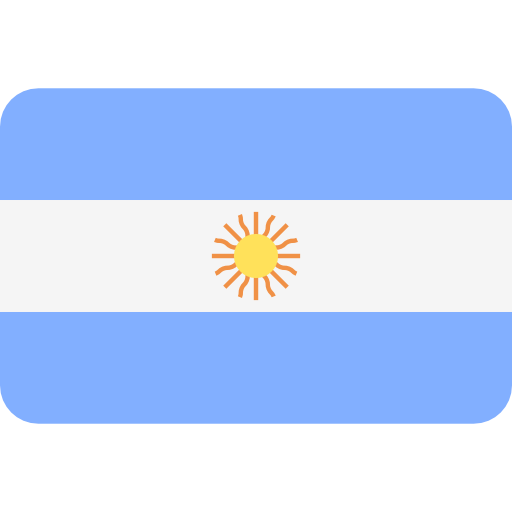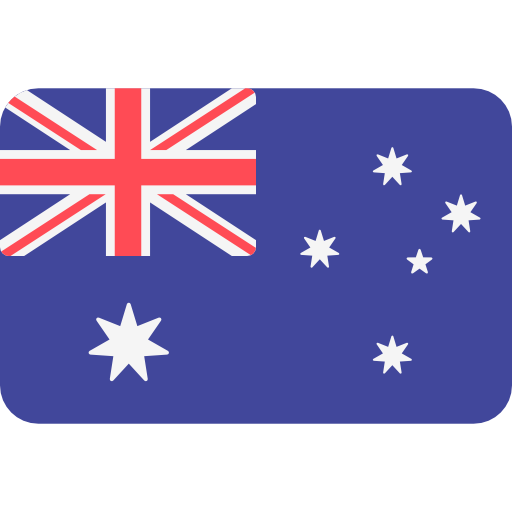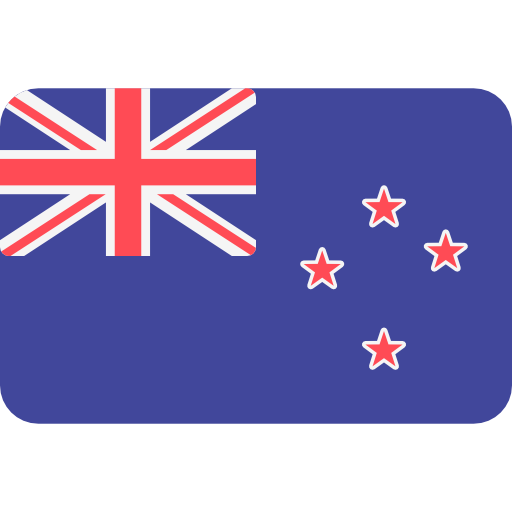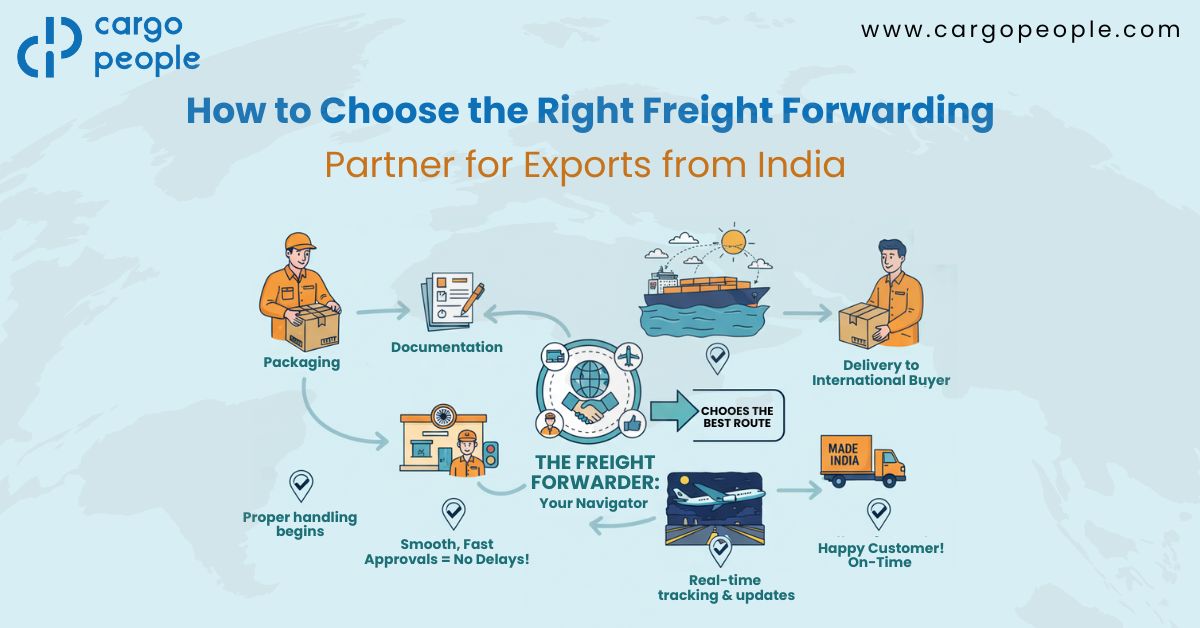When Sapphire Textiles Pvt. Ltd., a garment exporter from Tirupur, booked its first 10 FCL shipments to New York, everything looked perfect on paper — until customs paperwork errors caused the cargo to miss its vessel at Nhava Sheva.
The delay led to demurrage fees of over ₹1.2 lakh and a furious overseas buyer.
Later, the company realised its freight forwarder didn’t have port-specific expertise or a strong compliance team. That single mistake not only cost them money but also trust.
Choosing the best freight forwarder in India isn’t about finding the cheapest quote — it’s about finding a partner who understands your cargo, your compliance, and your customer deadlines.
Understanding Your Export Shipping Needs from India
Every exporter’s logistics journey begins with clarity. Before you approach any freight forwarder, define exactly what you need. A forwarder who understands your product category, volume, and trade lanes can reduce your landed cost by as much as 10–15%.
Here’s how to assess your own requirements:
-
Shipment type: Are you exporting regularly or seasonally? High-volume exporters often benefit from long-term rate contracts.
-
Mode of transport: Use air freight for urgent or perishable goods; sea freight for larger volumes where cost matters more than speed.
-
Destination corridors: India–USA, India–Europe, and India–Middle East lanes have different transit times, tariffs, and documentation requirements.
-
Cargo nature: Dangerous goods, apparel, or machinery require distinct handling and DGFT-compliant declarations.
When you know these details, you can shortlist partners who actually specialise in your route and product.
Evaluating Freight Forwarder’s Experience & Network
An experienced forwarder doesn’t just move cargo — they move risk out of your business.
In international logistics, relationships matter: with shipping lines, airlines, customs officials, and overseas agents.
Ask these key questions before you commit:
-
How many years of experience do they have handling your specific trade lane?
-
Do they have partners or own offices in key markets such as the USA, China, and Europe?
-
Which Indian ports are their strongholds — Mundra, JNPT, or Chennai?
-
Are they registered with IATA (for air) or FIATA (for global freight forwarding)?
-
Can they combine sea, rail, and air for faster and more cost-efficient routing?
A strong network reduces trans-shipments, improves transit reliability, and ensures faster customs clearance at both ends.
Comprehensive Services: Beyond Just Transport
The best freight forwarders offer more than just shipping rates — they provide complete logistics ecosystems.
Key value-adds to look for:
-
Customs clearance and CHA support: A forwarder with its own CHA licence can expedite documentation and cut clearance time.
-
Door-to-door and warehousing services: Essential for exporters managing inland pick-ups from factories.
-
Cargo insurance & packaging: Protects your goods from damage, delay, or theft.
-
Consolidation services: Combine smaller consignments (LCL) to save cost for SMEs.
-
Trade documentation & compliance: Support for shipping bills, COO, E-way bills, and DGFT filings.
Exporters who consolidate services under one reliable logistics partner save an average of 20 hours per shipment on coordination and document follow-up.
Compliance, Documentation & Regulatory Support
India’s export regulations can be complex — one wrong code or missing certificate can stop your shipment cold. A forwarder familiar with DGFT, CBIC, and ICEGATE procedures becomes your shield against penalties.
A good freight partner should:
-
Be licensed and compliant with Indian Customs regulations.
-
Understand export documentation, including Letter of Credit requirements.
-
Stay updated on CBIC circulars like post-export shipping bill conversions.
-
Provide guidance on using Free Trade Agreements (FTAs) to reduce duties.
-
Handle digital filings via ICEGATE and coordinate with port authorities proactively.
A Chennai chemical exporter once faced a ₹4.5 lakh penalty because its forwarder declared the wrong HS Code. The right partner could have prevented that entirely.
Technology, Visibility & Communication
In today’s trade environment, visibility equals control.
Delays, vessel roll-overs, and customs inspections are inevitable — but surprises are not.
Your forwarder should offer:
-
A digital tracking dashboard with real-time shipment status.
-
Automated milestone alerts for booking, sailing, and delivery.
-
Cloud-based document storage for invoices, BLs, and certificates.
-
Dedicated account managers who respond quickly, not generic emails.
Transparent communication turns logistics into partnership — not firefighting.
Cost, Transparency & Risk Mitigation
Freight costs can be deceptive. A low quote may hide destination charges, terminal handling fees, or detention risks.
The goal isn’t to find the cheapest forwarder — it’s to find the most transparent one.
Evaluate cost integrity through:
-
Clear quotation breakdowns (origin, freight, destination).
-
Insurance terms and claim processes.
-
Demurrage and detention management policies.
-
Free-time agreements with shipping lines.
Operational Risk Snapshot
A Delhi auto-parts exporter once missed a vessel because their forwarder didn’t track cut-off times accurately. The container sat at port for 5 days, costing ₹2 lakh in detention.
A forwarder with automated milestone alerts and real-time updates could have prevented it.
Top Indian Ports by Container Volume (FY 2024–25)
| Rank | Port | TEUs Handled | Year-on-Year Change |
|---|---|---|---|
| 1 | JNPT (Mumbai) | 7.30 million | +13.5 % |
| 2 | Mundra (Gujarat) | 6.75 million | +9.8 % |
| 3 | Chennai | 2.15 million | +4.2 % |
| 4 | Kolkata (Haldia) | 1.65 million | +3.9 % |
| 5 | Tuticorin (VOC Port) | 1.20 million | +2.5 % |
Interpretation: Over half of India’s containerized exports move through JNPT and Mundra.
When evaluating partners, ensure they have strong relationships and carrier space allocation at these ports.
Average Freight Rates — India Export Benchmark (Q2 FY 2025)
| Mode | Avg. Transit Time | Avg. Cost (USD per CBM) | Best For |
|---|---|---|---|
| Air Freight | 4–6 days | 8 – 11 USD | Urgent or high-value goods |
| Sea Freight – FCL | 20–28 days | 1.5 – 2.2 USD | Bulk cargo, full containers |
| Sea Freight – LCL | 25–32 days | 2.5 – 3.0 USD | SME consolidation |
| Rail-Sea Multi-modal | 28–35 days | 1.2 – 1.8 USD | Europe and Russia lanes |
Interpretation: Exporters targeting Europe can save up to 20 % in total logistics cost using a multi-modal route managed by a forwarder with inland rail connectivity.
Mini Business Stories
1. Tirupur Apparel Exporter – Saved ₹2.5 lakh each quarter by shifting from direct air to air-sea consolidation, managed by Cargo People.
2. Auto-Parts Manufacturer (Pune) – Cut export cycle time by 18 days through Cargo People’s pre-clearance system at JNPT.
3. Pharma Exporter (Hyderabad) – Avoided ₹3 lakh in losses using temperature-controlled air freight through Cargo People’s partner network.
Each story highlights how the right freight partner directly impacts margins, reputation, and customer satisfaction.
How Cargo People Can Help
With offices in Delhi NCR, Mumbai, and Chennai, Cargo People Logistics & Shipping Pvt. Ltd. offers truly integrated export solutions for Indian manufacturers and traders.
Our capabilities include:
-
Air Freight and Sea Freight (FCL/LCL)
-
Customs Clearance & DGFT Compliance
-
Door-to-Door Delivery & Warehousing
-
Project Cargo and Hazardous Goods Handling
-
Real-time Digital Visibility and Client Support
Cargo People combines Indian trade expertise with a global network — enabling exporters to ship confidently and scale faster.
Conclusion — Choose Smart, Ship Confidently
Freight forwarding isn’t just about moving cargo; it’s about protecting your business reputation, cash flow, and customer promise.
By focusing on experience, compliance, network strength, transparency, and technology, you ensure every shipment reaches its destination smoothly and profitably.
Partner with a logistics expert who understands Indian exports end-to-end — from customs clearance to last-mile delivery.
📞 +91 78350 06245 | 📧 Cha@cargopeople.com
Book a Consultation with Cargo People Logistics
FAQs
1. What documents are required for sea freight exports from India?
Shipping Bill, Commercial Invoice, Packing List, Bill of Lading, and Certificate of Origin.
2. How do freight forwarders help with customs clearance?
They file documents through ICEGATE, liaise with Customs House Agents, and manage export documentation end-to-end.
3. What are current air freight rates from India to Europe?
Typically USD 8 – 11 per CBM (Q2 FY 2025), depending on destination and cargo type.
4. How to reduce shipping delays at Indian ports?
Use forwarders with carrier relationships, digital tracking tools, and AEO certification.
5. What’s the difference between FCL and LCL cargo?
FCL = Full Container Load (sole use). LCL = Less than Container Load (shared space for smaller shipments).


 United Kingdom
United Kingdom
 Germany
Germany
 Argentina
Argentina
 Australia
Australia
 Canada
Canada
 New Zealand
New Zealand
